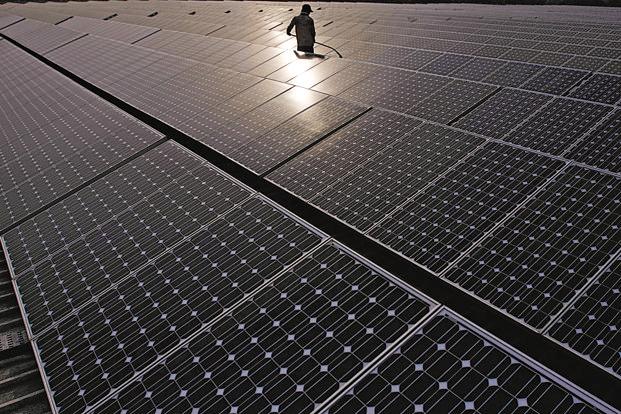The BJP-led government targeted 100 GW (gigawatt) of solar energy capacity by 2022, a five-fold increase. By 2021, India had installed only 50.5 GW, according to Bridge to India, a renewable energy consultancy. The significant drag is a sub-segment called ‘solar rooftop’ panels mounted on top of commercial, industrial and residential buildings.
Of the 100 GW, 60 GW was to come from utility-scale solar plants, which stood at 41.7 GW, or 70 per cent of the target, by 2021. The rest was to come from the solar rooftop, which has managed only 8.9 GW, or 22 per cent of its target. This sub-segment added just 1.4 GW in 2020 and 2.2 GW in 2021.
- Ashoka Buildcon JV Bags Rs 1,041-Crore BMC Flyover Project; Shares End 2.30% Higher
- WPIL Shares End 7.75% Higher on Order Win
- Biocon Launches Diabetes, Obesity Drug-Device in Netherlands; Shares Trade Flat
- Bharat Electronics Shares Trade Higher on Rs 776 Crore Orders
- Granules India Shares Slump Despite Securing EIR from USFDA
The deficits matter in the context of India’s solar vision. Solar is the key driver in India’s move towards green energy and to cut its CO2 emissions intensity to 33-35 per cent of its 2005 levels, as per the Paris agreement. More solar in its power portfolio would also help address the air pollution problem: India has 63 of the world’s 100 most polluted cities, according to IQAir (Swiss air quality technology company).
One reason why India has struggled to achieve its solar targets is what Crisil Research terms an “unstable policy environment”. “This is evident in the growing incoherence between the policy thrust on renewable energy on the one hand and the actual action by implementation agencies like the Solar Corporation of India (SECI) and state distribution companies on the other,” it said.
 Live
Live

